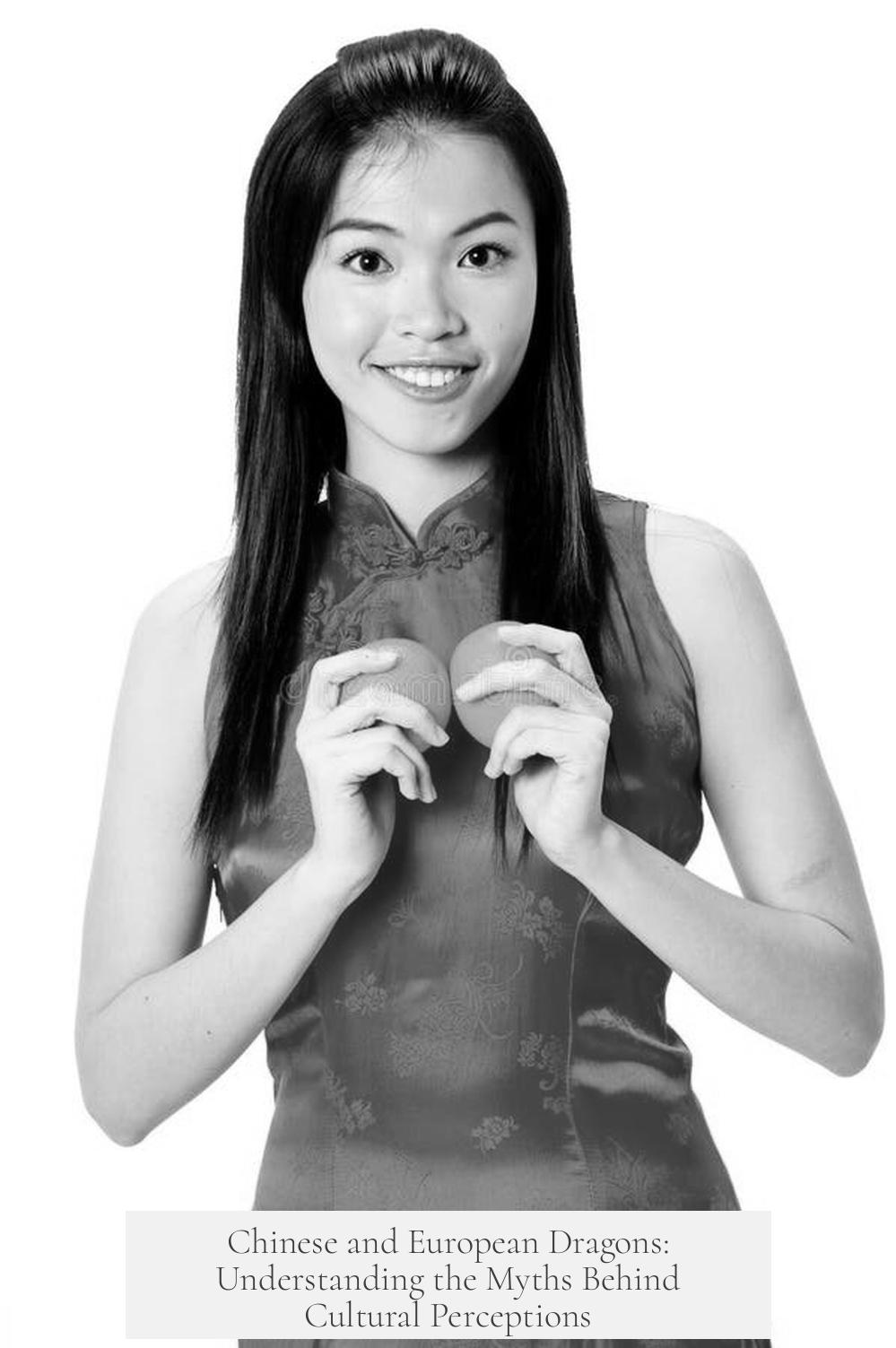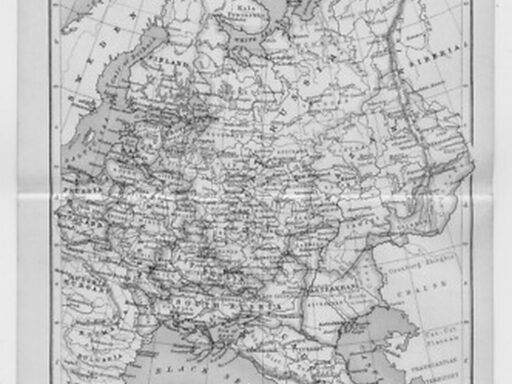We perceive Chinese dragons and European dragons as different forms of the same mythical creature primarily due to longstanding translation practices and cultural exchanges that equate diverse mythological beings under a common term: “dragon.” Despite vast differences in appearance, symbolism, and cultural role, linguistic and conceptual overlaps have shaped the modern understanding of dragons as a single mythical category.
The challenges begin with the translation of mythical creatures, which lacks straightforward referents like everyday animals. Unlike a “horse,” dragons vary widely across cultures. Translators in different eras rely on analogous narrative functions and symbolic meanings to match foreign terms. This linkage, rather than clear physical similarity, drives much cross-cultural identification of mythic beasts.
One example comes from Hellenistic translators who converted the Hebrew and Aramaic term tannīn into the Greek drákōn. Though these terms have distinct origins — tannīn likely means a twisting or coiling entity, while drákōn might relate to seeing or a piercing gaze — translators matched them due to similar roles as adversarial monsters defeated by heroes, as seen in biblical texts like the Book of Daniel.
Later, Islamic scholars equated the Arabic tinnīn with the New Persian azhdahā. Even though azhdahā descends from an Avestan term meaning “snake-man” or “barbarian-serpent,” different from the Arabic concept, the creatures were grouped because both were understood as large, serpentine foes. This reflects how functional attributes — size, shape, threat level — influence cross-cultural labels beyond precise origins or mythological roles.
The Chinese lóng offers a different perspective on cultural perception. A Yemeni 14th-century text known as the Rasulid Hexaglot reveals how the lóng was translated variably across languages and contexts. In Arabic, related terms like al-timsāḥ denote crocodiles, and in Persian, nahang encompasses dangerous aquatic monsters including whales and sharks. Turkic translations like ılan balıq (literally “snake fish”) refer to eels, while the Mongol term lū derives directly from the Chinese lóng. This array illustrates how the Chinese dragon adapted to local understandings of formidable aquatic or serpentine creatures.
Translators also faced challenges with the Chinese calendar. The “Year of the Dragon” in Chinese calendar terms corresponds to nahang in Persian. However, Persian usage of nahang typically means “whale.” This dissonance shows how calendar markers and symbolic zoology influence mythical creature labeling beyond literal definitions.
The intrinsic cultural backgrounds of Chinese and European dragons differ sharply. European dragons tend to be winged, fire-breathing, often hostile beasts. They symbolize chaos, greed, or evil and are frequent antagonists in myth and folklore. Chinese dragons, by contrast, usually embody auspicious power, water, fertility, and imperial authority. They appear serpentine, wingless, and benevolent, often linked to rain and rivers rather than destruction.
Despite these differences, centuries of intercultural dialogue and translation attempts have blurred distinctions. Specific equivalences emerge from narrative roles (“monster to be defeated”), symbolic meaning (“powerful serpentine creature”), or even calendar and linguistic contacts. Over time, this has led Western imagination and scholarship to treat Chinese and European dragons as variants of a shared archetype.
The consequences of these translation overlaps are complex. They allow easier cross-cultural comparisons but can distort unique cultural meanings. Sometimes translation imposes familiar frameworks onto foreign myths, resulting in a homogenized “dragon” image that glosses over distinct traditions. Misapplication of the term “dragon” risks ignoring the profound cultural and symbolic nuances that separate Chinese lóng from European drákōn.
Ultimately, the perception of Chinese and European dragons as variants of the same mythical creature arises less from direct resemblance and more from millennia of linguistic, cultural, and interpretive processes. These efforts to find equivalences across histories reflect how societies negotiate meaning for wondrous, ambiguous animals that defy simple categorization.
- Translators use narrative and symbolic functions to equate different mythical creatures.
- Historical efforts linked terms across Hebrew, Greek, Arabic, Persian, and Chinese with varied etymologies but similar roles.
- The Chinese dragon (lóng) differs greatly from European dragons but was incorporated into global dragon concepts via translation.
- Cross-cultural equations rely on broad features like serpentine shape, power, and mythic adversary status.
- Translation overlaps facilitate shared categories but can obscure distinct cultural meanings.
Why Do We Perceive Chinese Dragons and European Dragons as Different Kinds of the Same Mythical Creature When They Are So Different?
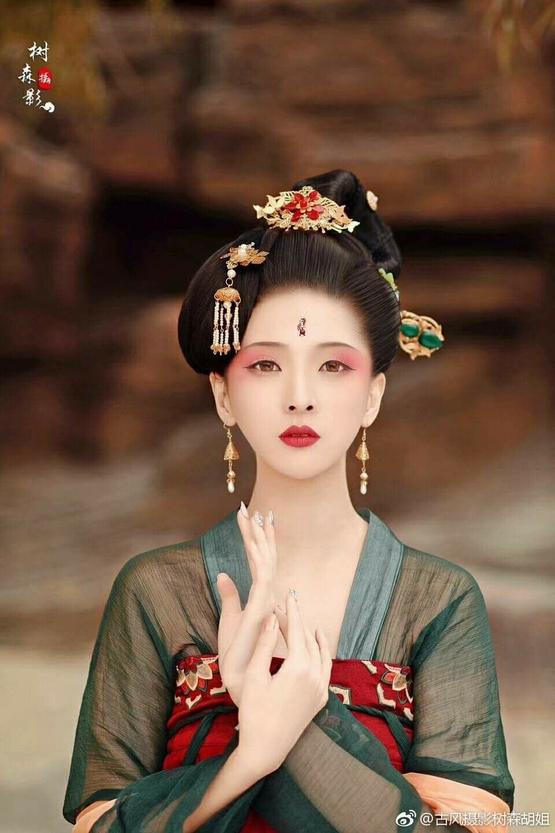
At first glance, Chinese dragons and European dragons seem as unrelated as tea and ale, yet we continue to group them under the same breed: “the dragon.” So why do we do this when their appearances, roles, and cultural meanings diverge so wildly?
This question taps into centuries of cultural exchanges, linguistic challenges, and mythological interpretations. Let’s unravel this fascinating tangle with a bit of historical detective work.
Mythical Creatures and Translation Troubles
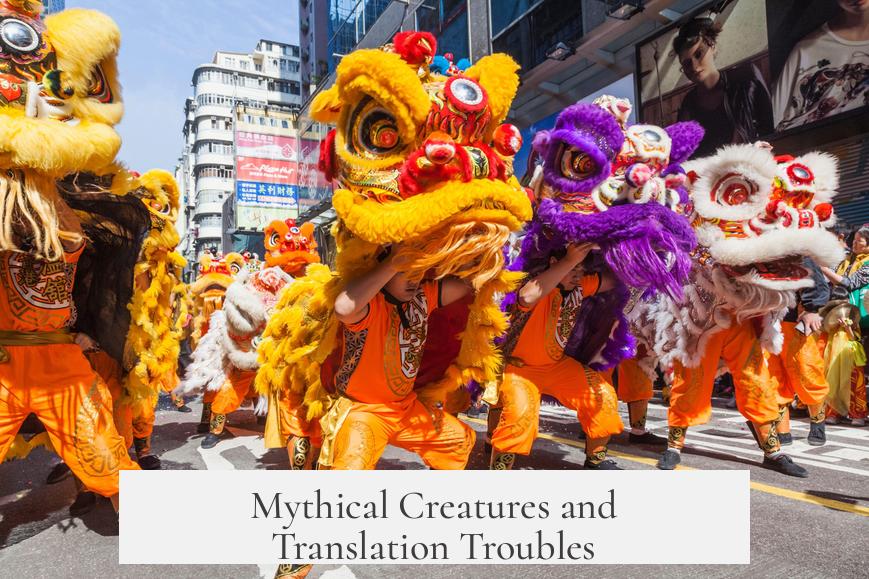
Translating mythical creatures is a recipe for confusion. Unlike horses or trees, dragons don’t have physical references that cross cultures easily. They come from stories, symbols, and myths that morph with every retelling.
An interpreter can’t simply point to a dragon on a map and say “there, see? Same creature.” Instead, they rely on shared traits—like being serpentine, fearsome, or powerful—to lump these mythic beasts together. This fuzzy approach leads to groups of very different creatures tagged with the same name.
The Hellenistic Twist: Tannīn and Drákōn
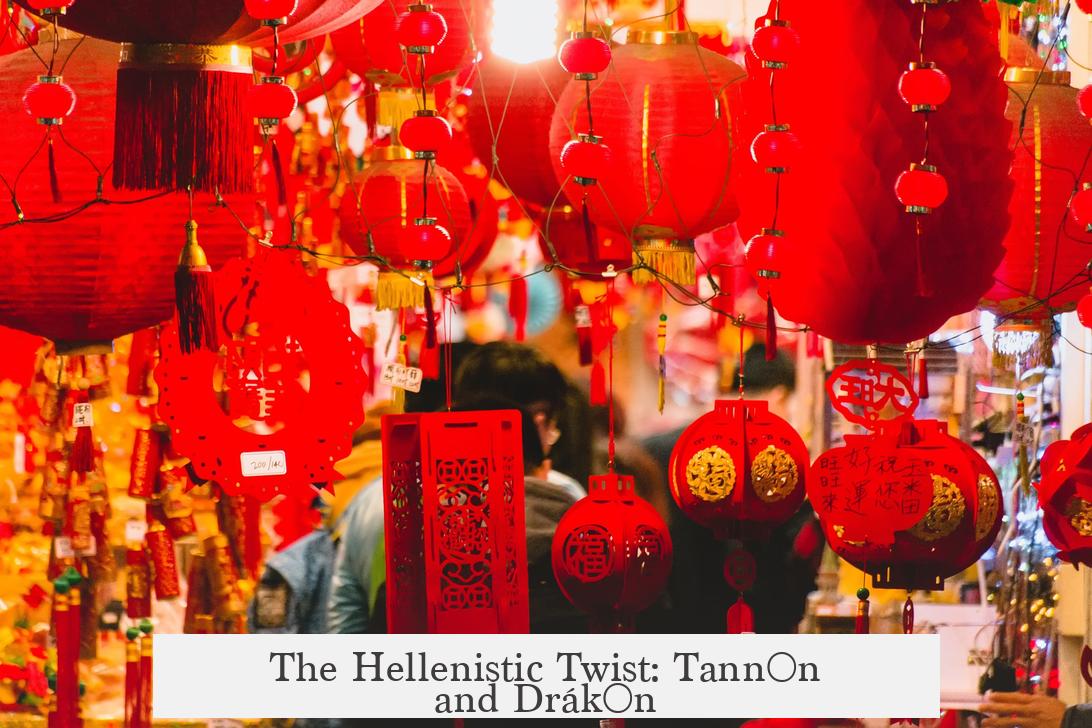
Here’s a great example. Ancient Hellenistic translators encountered the Hebrew & Aramaic word tannīn, usually meaning a twisting or coiling serpent-like monster. They translated it as Greek drákōn, our root for “dragon.”
This was less about precise biology (seriously, dragons don’t have biology!) and more about narrative roles. Both creatures often stand as formidable foes that heroes or gods conquer—symbolizing triumph and righteousness. The Book of Daniel’s tales fit this pattern neatly.
Fun fact: drákōn roots in the verb “to see,” hinting at hypnotic monster eyes, while tannīn invokes twisting or coiling. Totally different images, yet they ended up under the same umbrella.
Islamic and Persian Layering: Tinnīn and Azhdahā

Fast-forward centuries and cultural spheres. Islamic scholars used the Arabic tinnīn, closely related to tannīn, as the equivalent of New Persian’s azhdahā.
The Persian word comes from an ancient term suggesting “snake-man” or “barbarian-serpent.” While both terms describe giant, serpentine beasts, azhdahā occupies its own distinct space culturally, often embodying different mythic functions than Arabic tinnīn.
So, these words overlap but also diverge — like cousins who look similar but have different jobs.
The Chinese Dragon: Lóng in the Crossfire of Translation
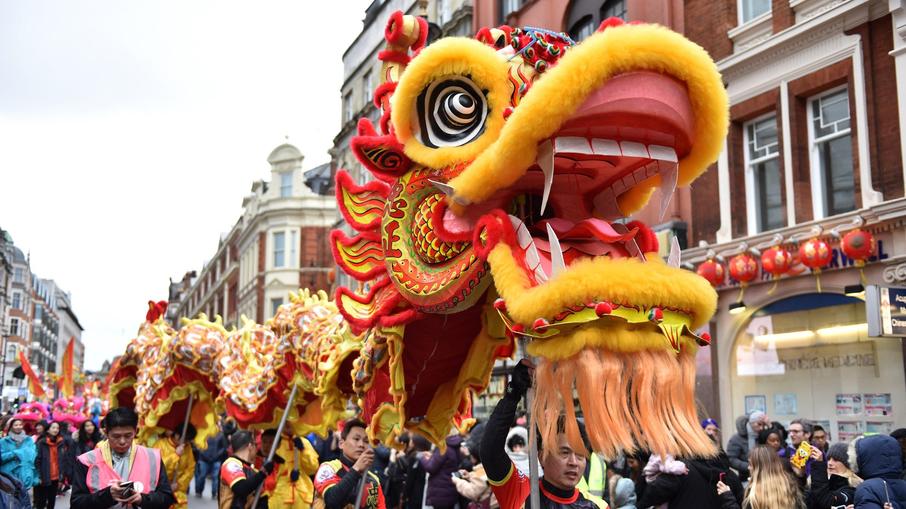
The Chinese dragon, or lóng, comes from a separate mythology altogether. It is often seen as auspicious, wise, and benevolent—quite unlike the fiery, winged, treasure-hoarding European dragons.
The fascinating part? In the 14th century CE, the Rasulid Hexaglot, a Yemeni text, shows us the complex efforts to fit the Chinese dragon into existing taxonomies.
- Arabic: al-timsāḥ means crocodile.
- Persian: nahang refers broadly to dangerous aquatic creatures, including whale in modern times.
- Turkic: ılan balıq means snake fish, possibly eels.
- Mongol: lū, borrowed from Chinese lóng, identifies the Chinese dragon.
This lineup reveals how various cultures struggled to slot the Chinese dragon into pre-existing categories, sometimes mistaking it for crocodiles or whales based on shape or aquatic associations.
Calendars and Mythical Blends
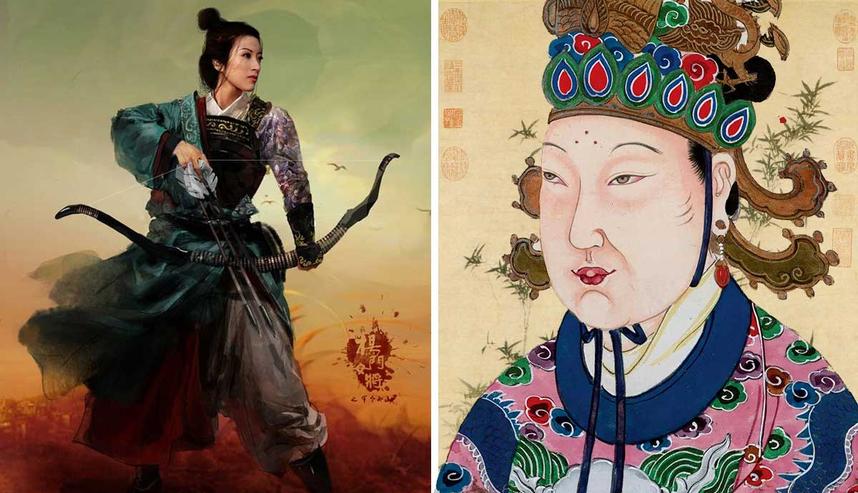
The Chinese calendar compels more interesting mixing. Persian speakers use nahang (whale) for the Chinese Year of the Dragon, even though their term for dragon is usually azhdahā. This shows a practical blending of terms to fit cultural tools like calendars.
It’s like using “mouse” and “rat” interchangeably just to keep the calendar going!
Longstanding Fascination with Equating Mythical Beasts
Humans have spent millennia trying to match up mythical creatures from different cultures. Why? Because myths carry universal themes—power, fear, protection, chaos—that many societies grapple with.
Equating dragons across cultures offers a shared language for these themes. But it’s highly context-dependent. What works in one story or language doesn’t in another. This is why we see wide variations and occasional confusion.
Are ‘Dragons’ Just a Translation Trap?
Many “dragons” are victims of bad translations, shoehorned into the “dragon” label despite marked differences. This practice muddies their unique identities.
So next time someone lumps Chinese and European dragons together, you can smile knowingly and say, “Ah, that’s a classic case of mythical translation quirks!”
What Can We Take Away?
- Be precise with terms: Not all dragons are created equal.
- Respect cultural context: Mythology reflects values, not just beastly traits.
- Challenge assumptions: Does a shared name confirm a shared creature?
- Enjoy the diversity: Different dragons tell different stories.
Chinese dragons symbolize wisdom, power, and good fortune. European dragons often represent danger, greed, and chaos. They fill different narrative needs, so lumping them simply as “dragons” oversimplifies their rich mythologies.
Next time you see a dragon in art or literature, ask: What does this creature mean to its culture? You might just find that dragons, like people, come in many distinct and fascinating forms.
And that, dear dragon-lover, is why we perceive Chinese and European dragons as different kinds of the same mythical creature—less because they’re the same beast, more because centuries of translation, culture, and storytelling have wrapped them up in one fiery package.

